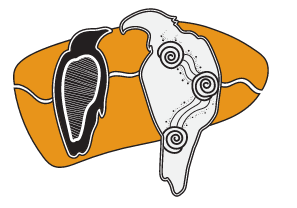Birds of Taungurung Country
October 14, 2024
Where would we be without birds? Not only do they bring happiness and joy to our lives but they provide so many benefits to our ecosystems and are crucial to our survival. Birds are great indicators of healthy Country. They respond early to any changes to habitats and can give us warning signs about impacts of climate change. Preserving our native bird species and their habitats is so important.
Birdlife Australia runs an annual Aussie Bird Count to inspire everyone to take notice of our little feathered friends and get familiar with bird movements. As they say, noticing birds is the first step towards caring about them – and where conservation begins. Here on Taungurung biik we have so many landscape types and therefore so much birdlife to understand and protect. Big shout out to our BIIK crew and all our land manager partners who are actively monitoring the wildlife and restoring vital habitats. Here’s our list of birds and bird related stories you need to know about:
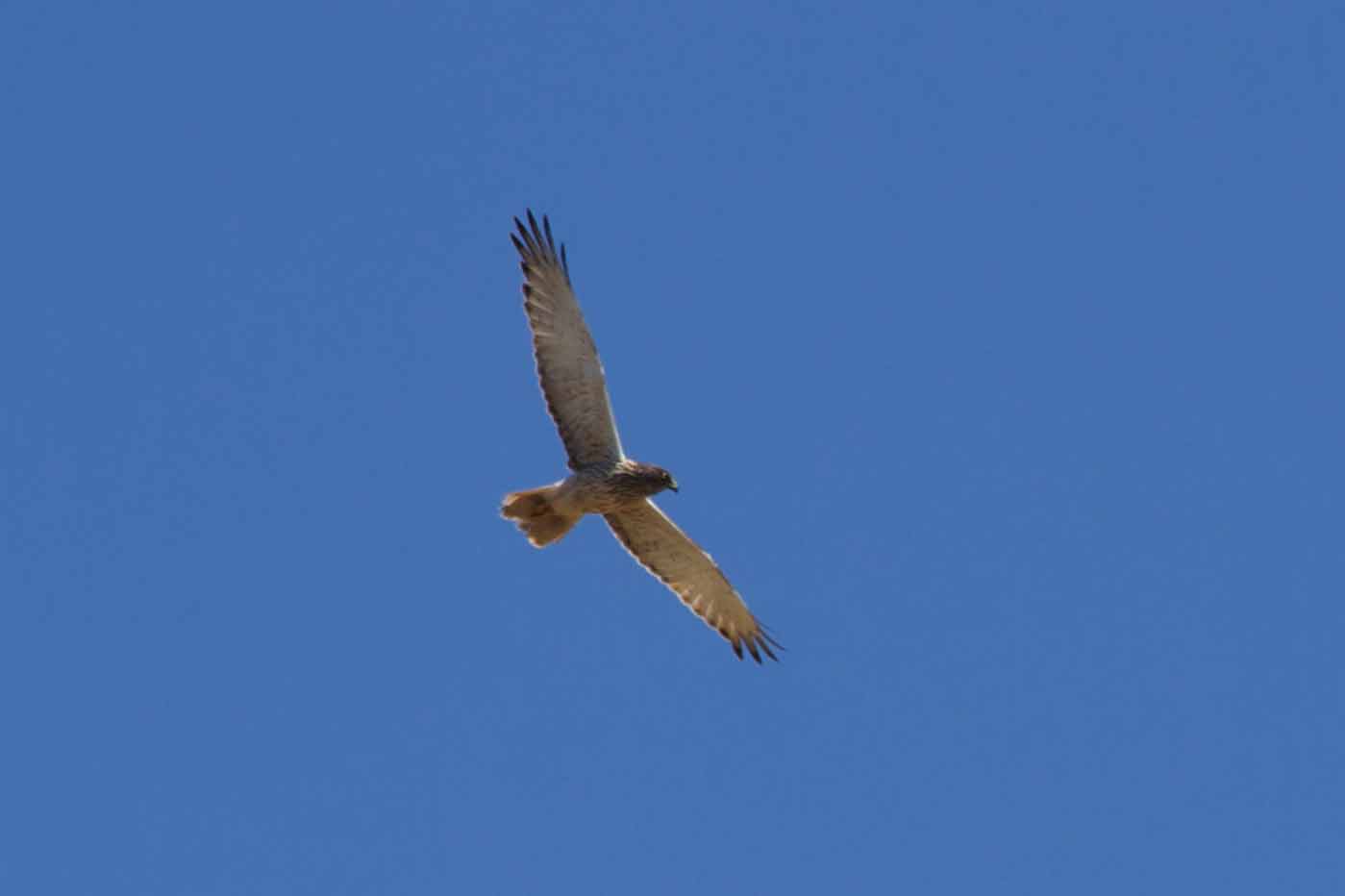
Taungurung moieties – Bundjil and Waa
Bundjil and Waa are related to creation stories, or Dreamtime stories. Different versions of Dreamtime stories exist among the Taungurung people. It’s important to remember these stories passed down through many generations were shared through spoken word and of course, it is natural for variations to exist. A common belief held amongst Taungurung Clans is that the people belong to one of two moieties which are connected to the ancestral beings; Bundjil – the wedged tail eagle and Waa – the crow. These moieties traditionally played a role in deciding marriages within a tribe. Bundjil and Waa are featured in the wawa biik logo.
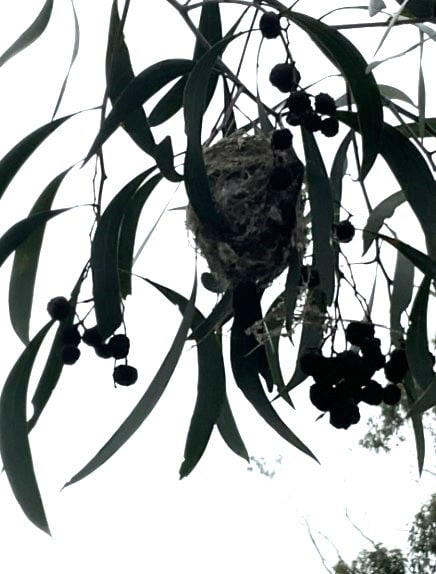
BIIK Adventures – Weebill Nest at Hughes Creek
The BIIK crew came across this nest while doing some project work out on Country in September. It’s the nest of a Weebill, usually put in the ‘little brown bird’ category by most amateur bird watchers. They are tiny, insect eating birds, often seen flitting around and difficult to get a good look at. According to Birds in Backyards, they breed in July and May, nesting for 10 days, so we’ve assumed that this nest was not in use when we found it (September 2024).
The endangered Brolga
Uncle Shane has been visiting Reedy Lake near Nagambie for 8 years and up until the flood event of 2022 had never seen a Brolga there. Since water has returned to this area, several Brolgas have been spotted. Our BIIK crew have found images of Brolga on their trail cameras at Reedy and The Arthur Riley Institute (ARI) have also caught and tagged 5 Brolga in the Goulburn Broken catchment area that they are following the movements of. This tracking survey conducted by ARI, Biosis and the Goulburn Broken Catchment Management Authority will help support conservation of this species by identifying the breeding areas and water regimes that will support the species. Refer to Arthur Riley Institute for more information.
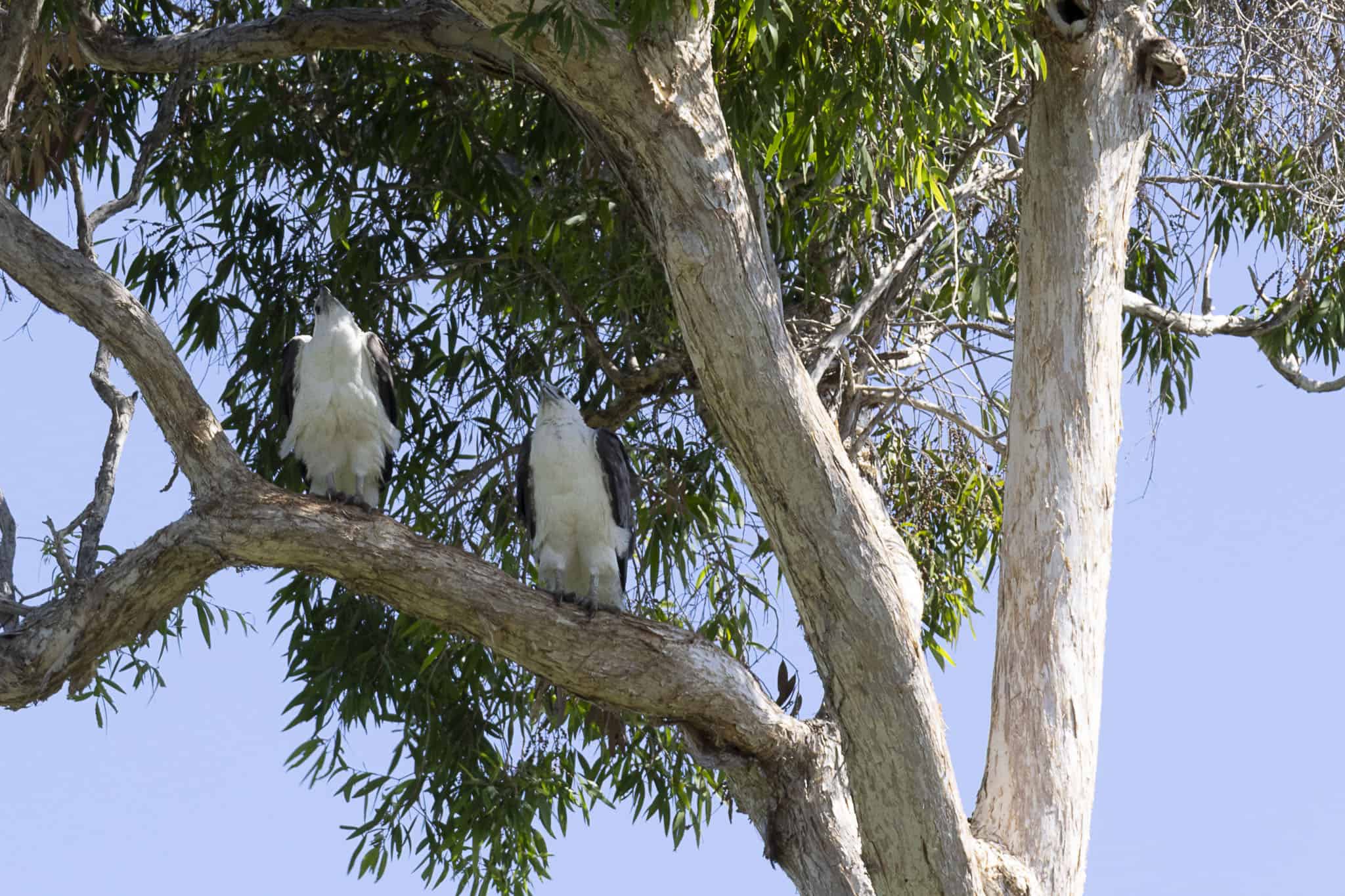
The white-bellied Sea Eagle
The White-bellied Sea Eagle is the second largest raptor found in Australia and can be found nesting at Tahbilk. The wawa biik team has been lucky to spot them on a few occasions and they are a sight to behold as we cruise through the tabilk tabilk waterways!
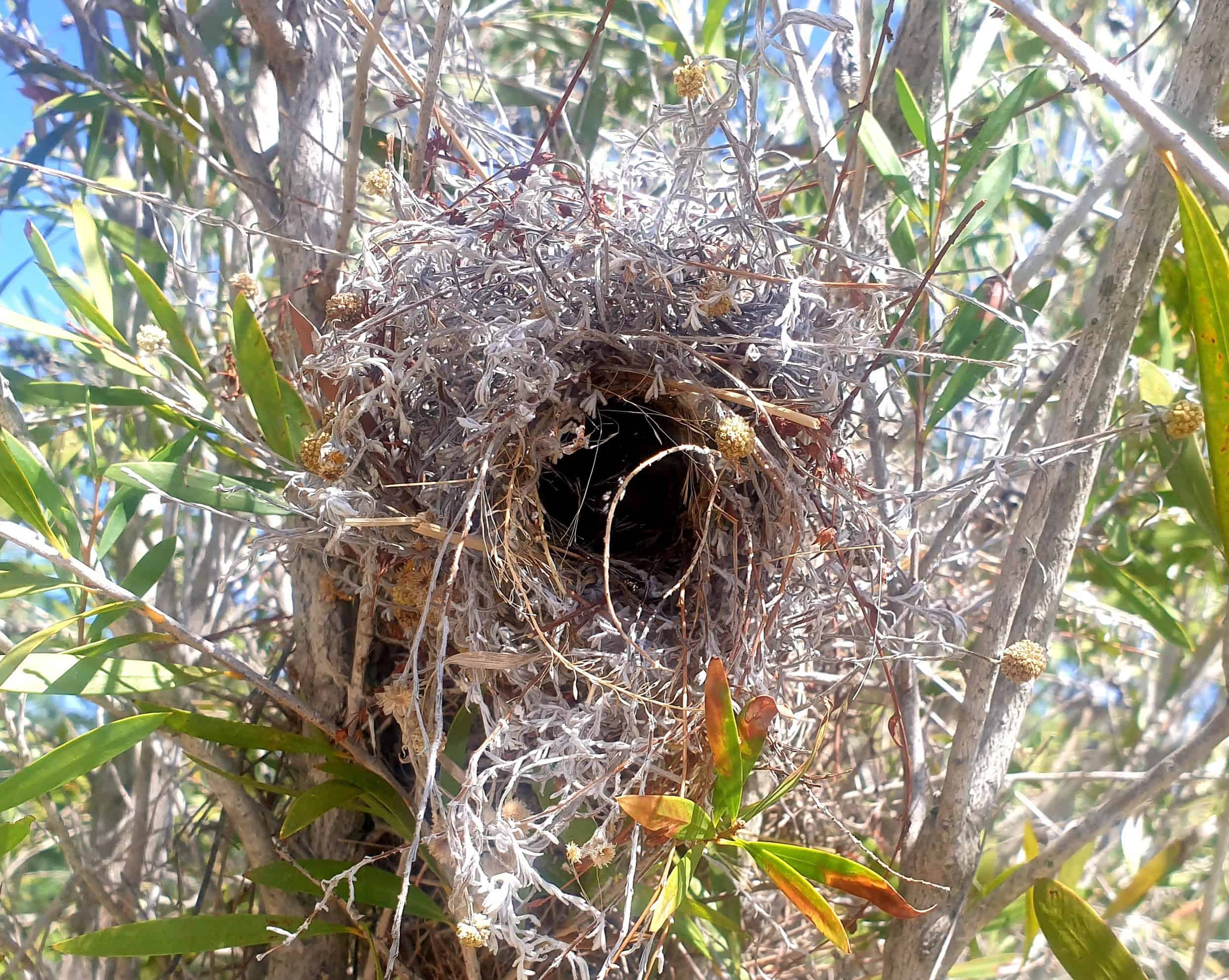
Diamond Firetail
Earlier this year, the team was wandering around the Euroa Arboretum when Cath Olive from the Arb showed us the amazing nest of a Diamond Firetail Finch. Talk about the Taj Mahal of nests! Usually 30cm in diameter built with flexible plant materials and grasses , they contain a circular chamber with entrance tunnels up to 15cm. They often line the nests with feathers and flowers – they are beautiful! As a threatened species that needs grasslands for habitat, places like the Euroa Arboretum are critical to their survival. Remember if you see one of these nests, keep your distance so you don’t disturb the young.
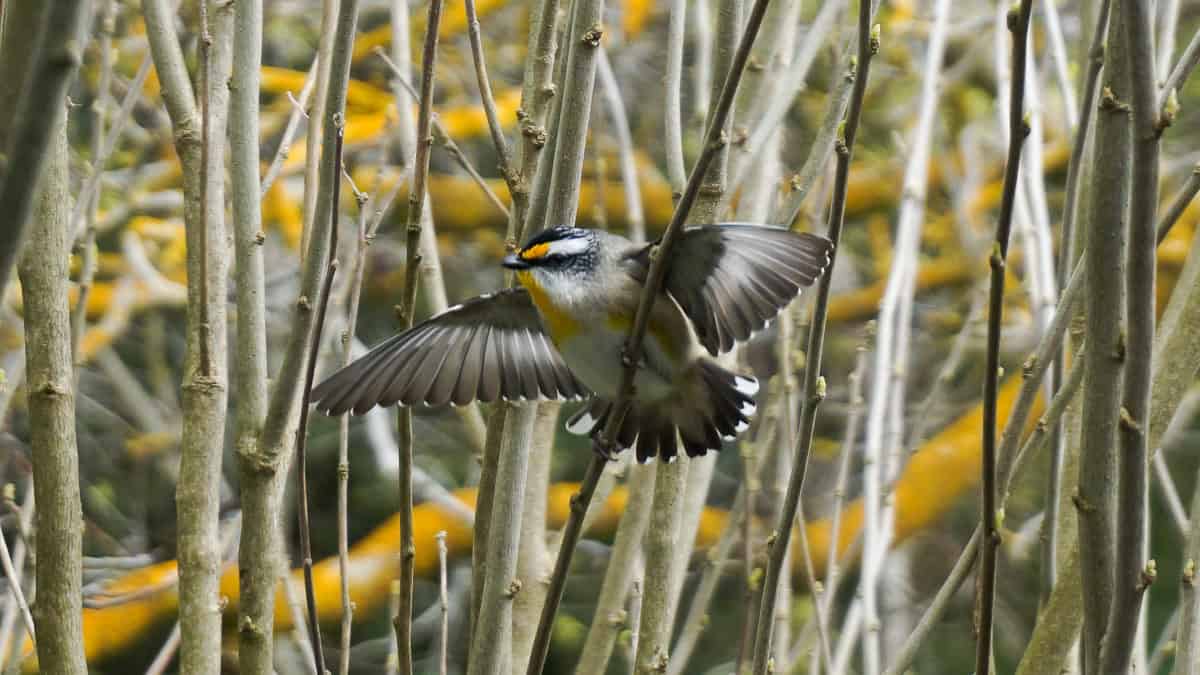
Tahbilk - a twitchers delight!
After construction of the Goulburn Weir in 1890 the seasonal waterholes of tabilk-tabilk became a permanent 8km wetland system weaving through the centre of Tahbilk. Home to many endangered flora and fauna, these wetlands are an absolute treasure! There are two bird hides for twitchers to view some of the many beautiful bird species that pass through and live in the wetlands. Ecological studies at Tahbilk in recent years have found 126 different species of Fauna, including 12 species of mammals, 105 species of birds, 3 species of reptiles and 6 species of frog. A variety of revegetation projects have been completed at Tahbilk and these younger sites host a wide variety of smaller birds while the remnant red gum forests support a variety of larger birds including the White-bellied Sea Eagle.

Euroa Arboretum - hot spot for birds!
Pack the binoculars on your next wawa Euroa tour, the Arb is full of birdlife! Vulnerable species such as the Diamond Firetail spend large amounts of time in the Arboretum Grasslands and are often seen year round at the Art Wall and the Retail Nursery. It’s certainly a top birding site and there’s a bird-hide by the water. So far 98 bird species have been seen at the Arb and recorded through ebird including the White-faced Heron (Egretta novaehollandiae), Red-browed Finch (Neochmia temporalis), Australian Wood Duck (Chenonetta jubata) and the Superb Fairy-wren (Malurus cyaneus). Image Credit: BirdLife Australia
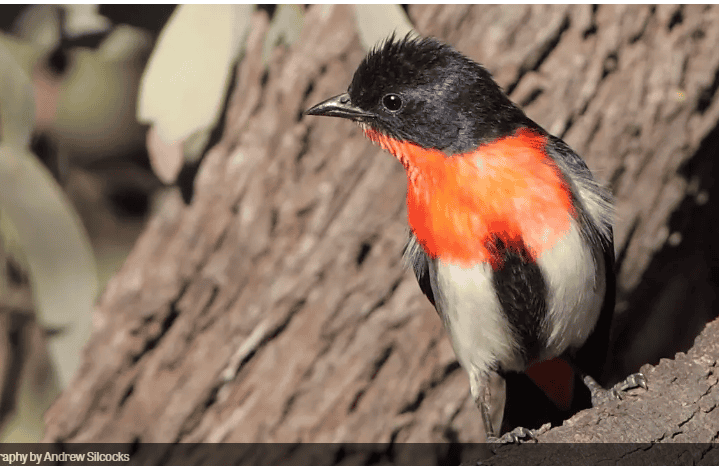
Mistletoe Bird
Bronte at the Arb says of the Mistletoe bird "They seem to always reliably be in the mistletoe! It seems obvious, but I am always blown away by their presence -they seem so regal - the shimmery navy of their wing feathers juxtaposed with bright red breasts - they seem like they are wearing silk tuxedos”. The mistloetoe plant produced by the Mistletoe bird has cultural significance too– our guides share more about this on our wawa Euroa tour. Image credit: Photographer: Andrew Silcocks, website: BirdLife Australia.
Gunawarra (Black swan)
Gunawarra are often spotted at Tahbilk wetlands, often seen in pairs. Our BIIK team has also spotted plenty of these magestic birds in the floodwaters of Reedy Lake. The Black Swan is the only entirely black swan in the world. Black Swans prefer larger salt, brackish or fresh waterways and permanent wetlands, requiring 40m or more of clear water to take off. They do pair for life and raise one brood per season.
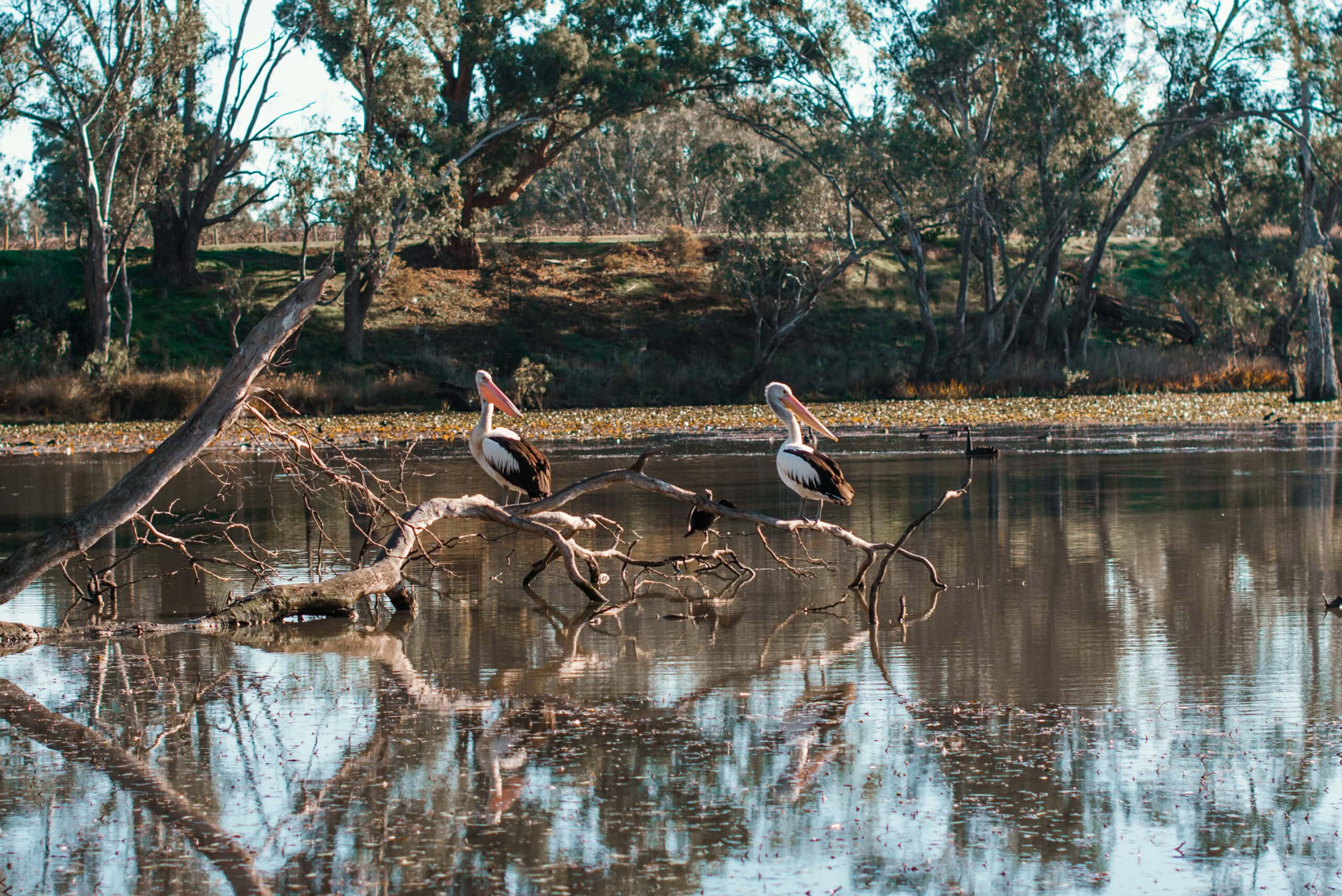
Birdlife Australia - Aussie Bird Count
The annual Bird Life Australia Aussie Bird Count is a citizen science event that runs from 14-20 October 2024. It’s about everyone taking just 20 minutes to observe and document the birds they see around them. You can submit your results using the app or website form at aussiebirdcount.org.au. There’s a built-in bird finder tool via the web/app to help identify birds you are unsure of. Watching birds for 20 minutes has positive mental health impacts and helps the conservation of our native birdlife. We’ll be doing the Aussie Bird Count on our tours and we encourage everyone to get involved!
